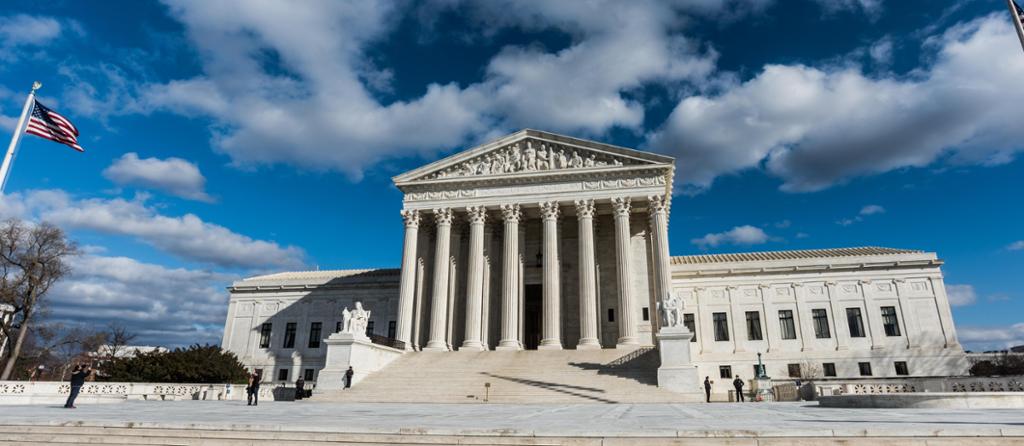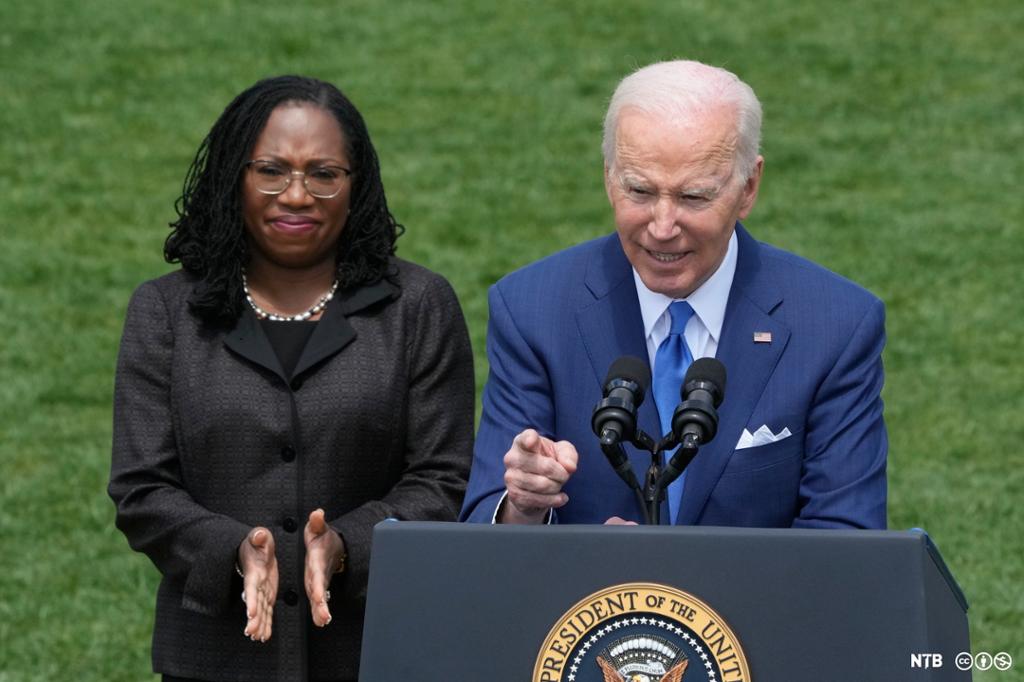The Supreme Court's Role in the Democracy of the United States

UPDATE:
The text mentions the Supreme Court Ruling Roe v. Wade from 1973. Roe v. Wade was overturned on 24 June 2022 in the ruling Dobbs v. Jackson Women's Health Organization.
The Supreme Court's Role in the Democracy of the United States
Justice has been described as both a science and an art. The laws of a country must reflect the citizens' sense of right and wrong, otherwise the government will struggle to uphold order. In the United States, the Supreme Court plays an important role when it comes to creating new laws and when it comes to getting rid of outdated laws. The Supreme Court has the power of judicial review, which means that it can declare any law unconstitutional. If a law is declared unconstitutional, it is no longer valid. In addition, judicial review means that the Supreme Court scrutinises the actions of the legislative and executive branches, to make sure that they act in accordance with the Constitution.
One example of the political importance of the US Supreme Court is the Brown v. Board of Education ruling from 1954. The Supreme Court ruled that it was unconstitutional to have segregated schools. There could no longer be separate schools for white children and Black children. This was an important step in the process of removing the system of segregation that arose after slaves were given their freedom in the American Civil War. It was an important step towards ensuring civil rights for all American citizens. On the other hand, it was the Supreme Court ruling Plessy v. Ferguson in 1896 that had made it possible to establish the system of segregation in the first place. This shows us that there had been a development in the US between those two points in time. The Justices were interpreting the same Constitution, but reached very different conclusions.
The Supreme Court tends to be reluctant to make significant changes to precedent. However, people's opinions of right and wrong changes over time. What our grandparents saw as right and wrong may not be what we see as right and wrong. As people's sense of justice changes, the court must adapt. If the justice system is out of touch with what people think is fair and just, it can lead to protests and unrest. People will no longer feel that their rights are protected the way they should be in a democracy.
Abortion is a controversial issue in many countries. In the United States, women have been guaranteed the right to have an abortion since 1973, when the Supreme Court ruled in the case Roe v. Wade. The ruling protects a pregnant woman's liberty to choose to have an abortion without excessive government restrictions. In recent years, several US states have introduced strict regulations on abortion. For example, in 2021, Texas introduced a new abortion law that limits access to abortion to within six weeks of pregnancy, except to save the life of the mother. Many women are not aware that they are pregnant until more than six weeks have passed, so the law does in essence remove women's right to an abortion in Texas. Other states where Republicans have a majority in the legislature have passed similar laws. In 2022, it is expected that the Supreme Court will hear a case testing to see if such laws are constitutional. If the Supreme Court rules that states can make laws effectively removing a woman's right to abortion, it will overturn Roe v. Wade. Women's right to abortion will then depend on which state they live in.

The president of the United States appoints justices to the Supreme Court, but they must also be confirmed by the Senate. A Supreme Court justice must be an accomplished professional with years of experience in law. However, the appointment also has a political dimension: the president will appoint a justice who shares the values of his political party and is likely to make decisions that support the party's politics. Supreme Court justices serve for life, or until they choose to retire, so future presidents cannot remove a justice who has been confirmed.
At the time of writing (2022), the court has a majority of justices appointed by Republican presidents. This means that the Supreme Court is more likely to make decisions in keeping with Republican politics, for example overturning Roe v. Wade. A survey made by SSRS for CNN in 2022 showed that only 30% of Americans are in favour of overturning Roe v. Wade. In other words, there is a danger that the court may be out of step with people's sense of right and wrong.
In the United States, the Supreme Court has extensive powers: it can overturn laws and declare any action by the legislative and the executive branches unconstitutional. If a president is impeached, the chief justice of the Supreme Court presides over the trial. In addition, it is the country's highest court of appeal, acting as guarantor of civil liberties. As a result of the court's power to approve or reject laws that are of great importance to the country's citizens, a lot of attention is paid to Supreme Court appointments. When a case comes before the court that has the potential to overturn a law and take the country in a new direction, it is met with massive media coverage and protests. The court plays a significant role in the US democracy.

Take this quick quiz to check what you remember from the text.
Guoskevaš sisdoallu
Tasks for the article The Supreme Court's Role in the Democracy of the United States.